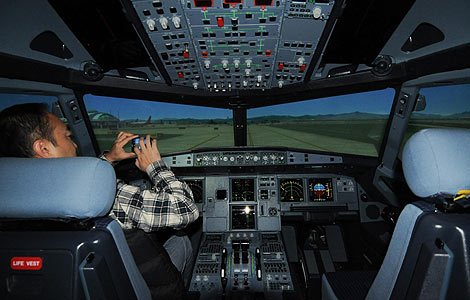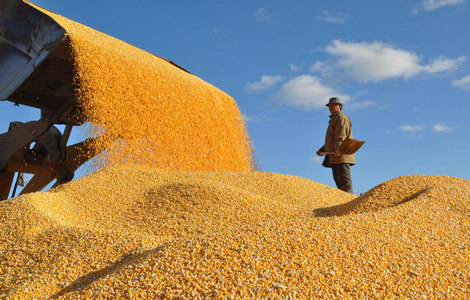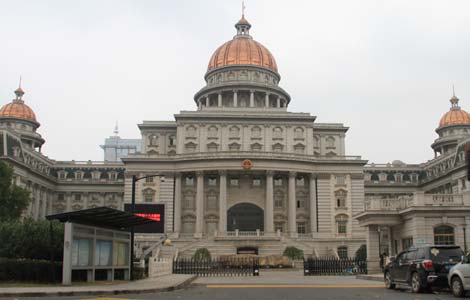
Better economic cooperation and the establishment of a China-ASEAN Free Trade Area have helped ward off the impact of global economic woes for countries around the Pan-Beibu Gulf, said officials and economists.
"The establishment of the China-ASEAN Free Trade Area has facilitated trade between regional countries, especially in the Pan-Beibu Gulf Area and helped them better avoid risks amid the global economic downturn," said Xiang Huaicheng, former Minister of Finance.
Xiang made the remarks at a summit being held alongside the seventh Pan-Beibu Gulf Economic Cooperation Forum in Nanning, the capital city of the Guangxi Zhuang autonomous region.
"Regional economic and trade integration will be a solution to the global financial crisis," Xiang said.
Trade volume between China and the Association of Southeast Asian Nations rose from $160.8 billion in 2006 to $362.9 billion in 2011, according to Ma Biao, chairman of the Guangxi Zhuang autonomous region.
With an average annual increase in trade of 17.7 percent, ASEAN has surpassed Japan to become China's third largest trade partner while China has become ASEANs biggest trade partner.
Trade volume between China and Malaysia increased by about five fold in 2011 from 10 years ago, said Tan Yew Sing, vice president of Malaysia-China Chamber of Commerce.
"I believe that industrial cooperative zones between China and Malaysia will further boost bilateral trade in the years ahead," said Tan.
An industrial cooperative zone between China and Malaysia was launched in April this year in Qinzhou, Guangxi, and another has been proposed in Kuantan in Malaysia.
Parties from the Pan-Beibu Gulf Economic Cooperation Area, which includes China, Vietnam, Malaysia, Singapore, Indonesia, the Philippines and Brunei, have signed 23 cooperative agreements and one memorandum since 2006 to facilitate economic and trade relations.
To better serve the increasing trade, local authorities in Guangxi have vowed to increase the handling capacity of ports in China's Beibu Gulf, Ma said.
The handling capacity of the Guangxi Beibu Gulf is expected to reach 200 million metric tons this year and will rise to 357 million tons by the end of 2015, said Chen Ruixian, deputy director of the management committee of the Guangxi Beibu Gulf Economic Zone.
"The ports in Guangxi will partner with internationally renowned ports and transportation enterprises to further its development thanks to ever-increasing trade between China and countries around the Beibu Gulf area," Chen said.
The Guangxi Beibu Gulf Port, composed of the Fangcheng, Qinzhou and Beihai ports, connects China's southern and southwestern economic rims with countries in the regional bloc of ASEAN. It is considered an important outlet for cargo from China's hinterland to enter ASEAN countries.
Currently, the port cluster has more than 30 container ship routes linking with more than 200 ports across the world.
"China and ASEAN countries have seen a trade boom in recent years, which brings great opportunities for further cooperation among ports in China and ASEAN countries," said Xu Ningning, executive deputy secretary-general of the China-ASEAN Business Council.
Huang Feifei contributed to this story.







